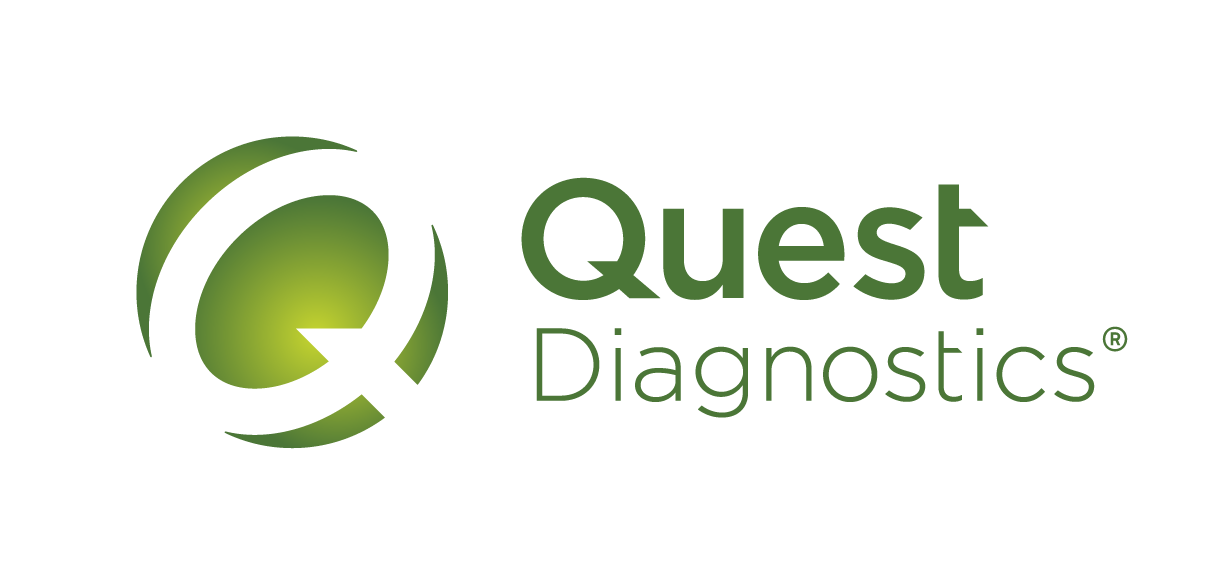Natalia Forsyth, SVP, Head, Digital
Social media has altered just about everything about how we connect with others. While the established Dunbar’s social hypothesis suggests that the human brain can only form stable attachments with 150 individuals at one time, social media demands so much more of us, connecting us to hundreds, if not thousands, of others across a myriad of platforms. But a new era of ‘Psychologically Responsible Social Media,’ may be changing the tide and this could be good news for health communicators everywhere. Users will creep slowly back to 150 meaningful connections by seeking out private social media spaces where they can be themselves. So what is this new trend, and how did we get here?
The Genesis
During the pandemic, social media usage hit an all-time high. We had more time on our hands and less in-person interaction with others. Naturally, people sought out entertainment and connection online, but there were a handful of devastating consequences.
Heavy social media users reported strong feelings of loneliness. Others struggled with comparing themselves to others on social media, with many reporting feeling lower self-esteem as a result. This added turmoil forced users into different corners of the internet, with different features that didn’t impact them so negatively.
The Tipping Point
Elon Musk’s takeover of Twitter seems to have brought on a storm of innovation across the social media landscape. With a social media giant like Twitter going through a crisis of faith, other platforms have had the opportunity to take their place as leaders, while giving newcomers the opportunity to sprout.
Established platforms such as LinkedIn have benefited from this shakeup, however it’s the smaller more nuanced platforms that have most caught my attention. These niche platforms will be the future of social engagement and are perfectly primed for healthcare.
The New Era
In the ‘Psychologically Responsible Era of Social Media,’ platforms are leaning toward genuine social interaction. They aren’t looking for reach or likes, but instead seeking out smaller spaces where they can have intimate connections with their community. Users are in pursuit of privacy and safety, and new platforms are serving it up.
Platforms like Community, Discord and Substack have begun to flourish during this time because they offer just that, an intimate discussion for a small group of trusted individuals. A platform like Community allows individuals to curate their social engagement through SMS, reaching their most loyal followers in a more personal way. Substack allows individuals to share their content through curated newsletters, allowing for authentic engagement without any of the stressors of more mass market social platforms.
What This Means
These new platforms allow us to move further down the funnel than ever before. Whereas legacy platforms like Facebook and Twitter allow us to spread broad-based awareness across social media, these more intimate spaces lend themselves more to engagement and conversion. This means we’ll be able to reach a more selective audience with more impactful messaging. What we will lose in scale we’ll make up for in targeting. In the end, social programs will garner a higher ROI.
This is especially good news for healthcare where we often have to engage niche patient communities or specific healthcare provider populations, and reach them with deeply personal health messaging. These safer spaces may allow for health conversations to flourish like never before.
Only time will tell how this shakeup will impact our strategies in 2023 and beyond, but one thing is for sure, change is upon us, and it appears to be positive for social media marketers everywhere, especially in healthcare.
















